Photograph Of A Pregnant Uterus (womb) From A New Forest Pony, Approximately Five Months Into The Pregnancy.

Photograph of a pregnant uterus (womb) from a New Forest pony, approximately five months into the pregnancy. The developing pony (fetus) is outside the uterus but remains attached by its membranes and umbilical cord. The bent back legs of the fetus are sticking out from the membranes (top right-hand side). The uterus has been cut open to reveal its vast blood supply, which is visible on the inner surface. This historical specimen is from a cull animal that happened to be pregnant at the time. It is preserved in formalin in a Perspex container and was photographed in the Anatomy Museum of the Royal Veterinary College in London. (Credit: Michael Frank, Royal Veterinary College / Wellcome Images)
More Posts from Llamaslikesciencetoo and Others

An animated chart of 42 North American butterflies
Via Tabletop Whale

Snowshoe hares’ traditional habitat in Wisconsin may not be white enough to provide the animals with cover as the climate changes.
“The snowshoe hare is perfectly modeled for life on snow,” said Jonathan Pauli, a professor of forest and wildlife ecology at the University of Wisconsin-Madison and a coauthor of a study recently published in Proceedings of the Royal Society B, in a release. “They’re adapted to glide on top of the snow and to blend in with the historical colors of the landscape.”
The snow is vital for snowshoe hares (Lepus americanus), who rely on it for camouflage from predators. But snow is becoming less common in the southern range of their habitat in Wisconsin…
photo by Gordon E. Robertson
SeaWorld Can Extend Tilikum's Legacy Beyond the Show Pool
Monday, March 14, 2016
http://voiceoftheorcas.blogspot.com/2016/03/seaworld-can-extend-tilikums-legacy.html
To Whom It May Concern:
Myself, and the other members of VOTO, Samantha Berg, John Jett, and Carol Ray, have been informed that Tilikum, a SeaWorld killer whale in Orlando, is near death. We are saddened by this announcement, although it is not unexpected.
Tilikum has developed an antibiotic resistant bacterial infection of the lungs, with pneumonia being the leading reported cause of captive killer whale mortality. Efforts to treat Tilikum have failed due to decades of antibiotic and antifungal therapy, medications that three-of-us at VOTO have fed him, and medications he was on in 2010 when he killed Dawn Brancheau, as reported by
APHIS, here
Tilikum has been getting fed antibiotics consistently for at least two decades, primarily because of his badly damaged teeth, including open bore holes that must be flushed with antiseptic solution 2-3 times daily. These bore holes can lead to fish particles, roe, and other debris getting into the jaw and eventually into his blood stream, causing chronic low grade infection(s), and able to seed various organs, including the lungs. The end result is that, now, Tilikum is filled with bacteria that are resistant to powerful and broad spectrum medications that SeaWorld is dosing him with.
Tilikum is, at this time, likely suffering from pulmonary edema, or excess fluid in his lungs. When the surface area of his alveoli diminishes sufficiently, he will suffocate in a stretcher, at SeaWorld. In a last ditch effort to obtain air to oxygenate his tissues, he will likely thrash in the stretcher, and go through a period of “death throes,” prior to finally passing. This is a particularly dangerous time for the animal care and training staff on hand.
A crane is reportedly standing by, possibly to recover his body if he should pass. This information is unconfirmed, but it does correspond with SeaWorld’s recent announcements seen in this video:
Many citizens, including some in the scientific community, are hopeful that SeaWorld will dedicate Tilikum’s cadaver to science. This gesture would advance our understanding of the impact of captivity on marine mammals such as Tilikum.
Histological samples of dorsal fin collagen would help us understand collagen fibrillogenesis in killer whales, and why dorsal fins collapse in captivity. Kidney tissue samples could help us understand the effects of chronic dehydration on orcas, like Tilikum, who require gelatin as a dietary supplement. Cardiac tissue could be examined for evidence of physical deconditioning. Eye tissue could be used to understand the effects of looking upward toward trainers, a behavior that is probably contributory to early cataract formation in show animals that must look for hand signals from trainers, on stage. Blood tissue can be used to test for elevated titers of viruses such as West Nile, St Louis encephalitis, and other mosquito transmitted “bugs” associated with zoos, but not seen in wild animals. Immunoglobulin levels could provide information on captive orca immunity. Detailed bone and joint examinations could be examined for evidence of various arthritides. DNA testing could help identify Tilikum’s natal pod, and so on.
Take the NFL as an example
Samples of brain tissue were critical in understanding the newly described condition (seen in NFL players) known as
Chronic Traumatic Encephalopaty (CTE)
and as depicted in the feature film “Concussion,” with Will Smith. The NFL was initially resistant to outside scientists performing these studies, but is now helping to fund them. SeaWorld can mimic the NFL, and CEO Joel Manby can get credit for the change, something that might give him some job security.
Killer whales in captivity are also known to slam their heads on solid objects such as gates and concrete walls, especially adult male killer whales, with Kanduke being a famous example. Tilikum’s brain tissue, or perhaps a new MRI, as depicted in Blackfish, could push our understanding of the orca brain forward, a brain four times larger than our own.
SeaWorld has an opportunity to extend Tilikum’s legacy beyond the performance pool and to substantiate it’s claims of performing relevant science. We are hopeful they will take up this idea for the benefit of science, the public, policy makers, whale lovers, and for future killer whales.
Thank you, Tilikum, for your sacrifices. Your legacy will live on through us and the millions of people your story has touched.
Jeffrey Ventre MD
Blackfish cast member




BILL BILL BILL BILL
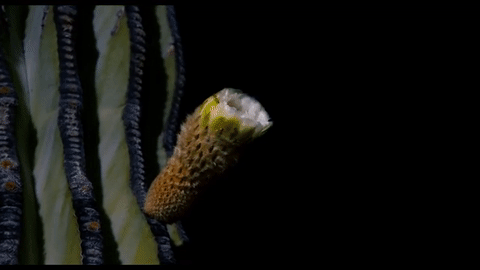


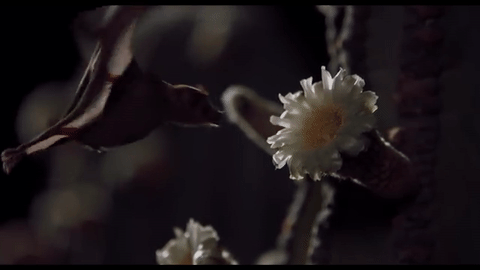



while people think of the birds and the bees pollinating the flowers and the trees, there are also hundreds of species of nectar feeding bats which pollinate thousands of species of plants. known as chiropterophilous plants, many grow flowers that open at night so that the bats, attracted to the sugary nectar, get a dusting of pollen that is carried along with them to the next flower.
these plants and nectivorous bats have shaped each other through coevolution, with the flowers, usually white in colour and pungent in scent so as to be conspicuous at night, often taking a vase like shape to accommodate the face of the bat. the bats, for their part, have particularly good eyesight and a fine sense of smell, but their sonar is often reduced.
chiropterophilous plants even manufacture substances that are useless to themselves but helpful to the bat; because bats often eat the pollen in addition to the nectar, the pollen of these plants contain an amino acid, proline, which is needed to build strong wing and tail membranes.
also worth noting: compared to say birds and bees, bats have heavy wings for their body size. consider that bats beat their wings up to 17 times per second while the bumblebee can approach 200 wing beats per second. and while those comparatively cumbersome bat wings seem like a detriment to maneuverability, new research shows this extra wing mass makes possible their ability to land upside down, like when roosting. (videography)
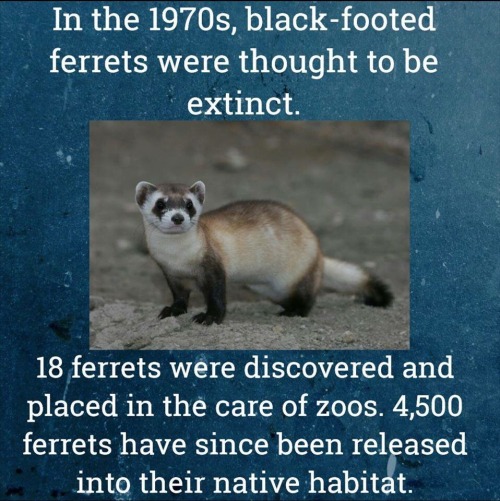
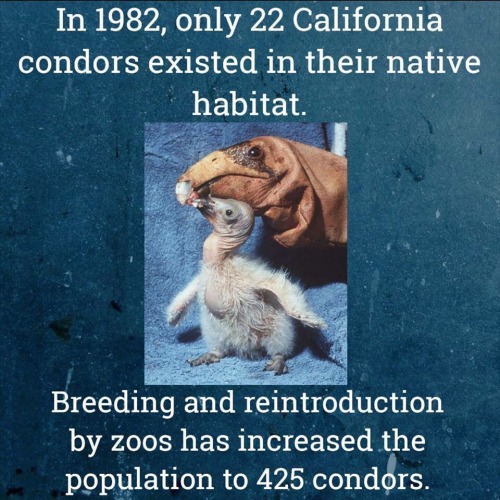


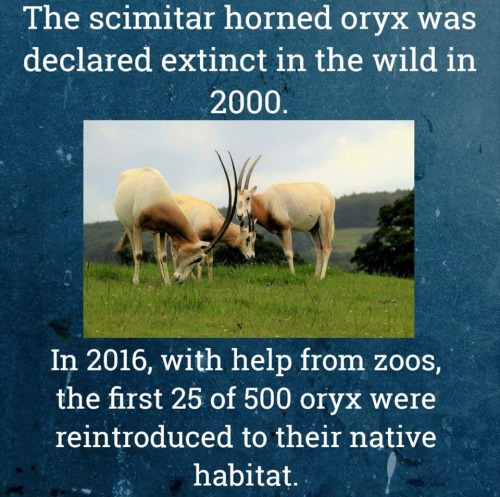
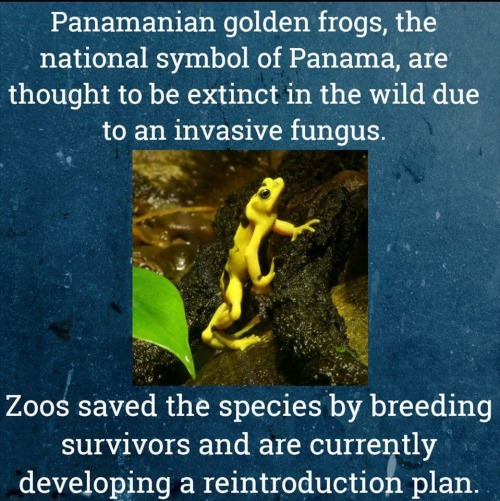
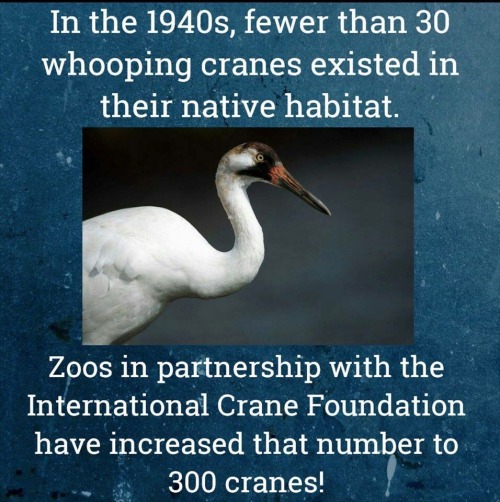

Zoos prevent extinction. This is why I support zoos. This is why the world should support zoos.
Meme credit goes to the zookeepers at www.facebook.com/ZoosSavingSpecies @zoossavingspecies


Ancient ‘otter bear’ may have popped clams off rocks like a bottle opener
By Sid Perkins
A creature that roamed the coasts of the Pacific Northwest about 20 million years ago may have had a feeding style like no other mammal, a new study suggests.
Kolponomos is known only from two bearlike skulls, jawbones, and some toe bones found a few decades ago, so scientists aren’t sure where it fits on the carnivore family tree or even what it really looked like (one artist’s idea is seen above).
Rather than having cheek teeth that could shear meat, as many carnivores do, Kolponomos’s molars were similar to the flattened, low-crowned teeth that otters use to crush their shelled prey—yet the creature lived long before anything similar to modern-day otters evolved.
Now, a new analysis using the same sort of computer software that engineers employ to analyze bridges and aircraft parts suggests that Kolponomos may have collected its shelly prey in a unique way…
(read more: Science Magazine/AAAS)
illustration by Roman Uchytel

Happy Valentine’s Day my marine bio lovelies! I give you, all the above! Shark Love! Instead of something cheesy to give your admirer, why not make a donation to your favourite conservation group? Show them you care not only about them, but the marine environment too!

Just some lesser known facts about octopuses you guys might like.


Microbiolgy & Virology flash cards i made today.
-
 camsterdam-doodles liked this · 8 years ago
camsterdam-doodles liked this · 8 years ago -
 lithiumcommune reblogged this · 8 years ago
lithiumcommune reblogged this · 8 years ago -
 doritoo-in-a-daze-blog liked this · 9 years ago
doritoo-in-a-daze-blog liked this · 9 years ago -
 llamaslikesciencetoo reblogged this · 9 years ago
llamaslikesciencetoo reblogged this · 9 years ago -
 circleseduced liked this · 9 years ago
circleseduced liked this · 9 years ago -
 billywilde liked this · 9 years ago
billywilde liked this · 9 years ago -
 doctordietpepper-blog reblogged this · 9 years ago
doctordietpepper-blog reblogged this · 9 years ago -
 doctordietpepper-blog liked this · 9 years ago
doctordietpepper-blog liked this · 9 years ago -
 crumblin-erb liked this · 9 years ago
crumblin-erb liked this · 9 years ago -
 junglepill liked this · 9 years ago
junglepill liked this · 9 years ago -
 llamafollower liked this · 9 years ago
llamafollower liked this · 9 years ago -
 particularlifeform reblogged this · 9 years ago
particularlifeform reblogged this · 9 years ago -
 particularlifeform liked this · 9 years ago
particularlifeform liked this · 9 years ago -
 driedfruitcrap reblogged this · 9 years ago
driedfruitcrap reblogged this · 9 years ago -
 driedfruitcrap liked this · 9 years ago
driedfruitcrap liked this · 9 years ago -
 thespineanditstingle liked this · 9 years ago
thespineanditstingle liked this · 9 years ago -
 foeniculum-vulgare reblogged this · 9 years ago
foeniculum-vulgare reblogged this · 9 years ago -
 theknowgasm-blog reblogged this · 9 years ago
theknowgasm-blog reblogged this · 9 years ago
Mainly interested in ecology, but also the entirety of science.
179 posts